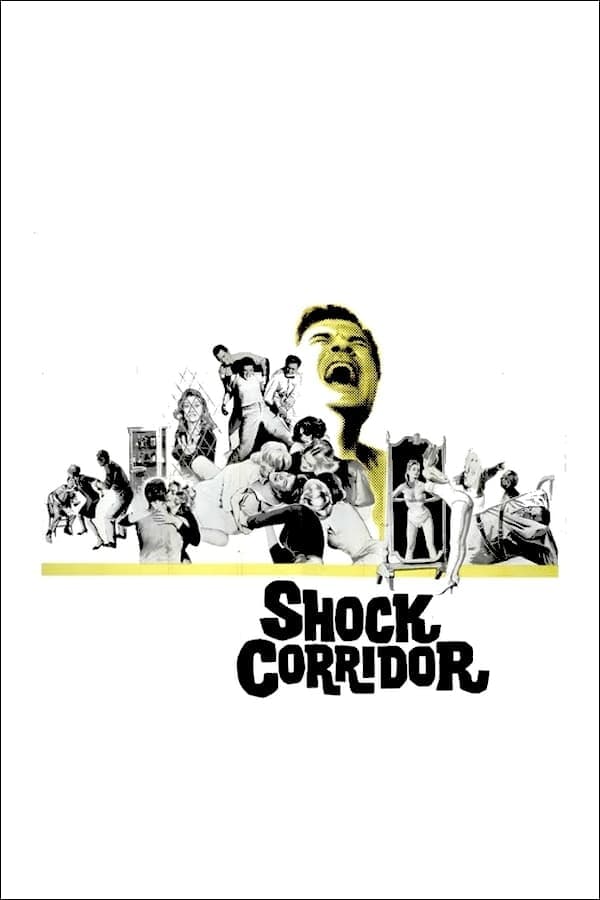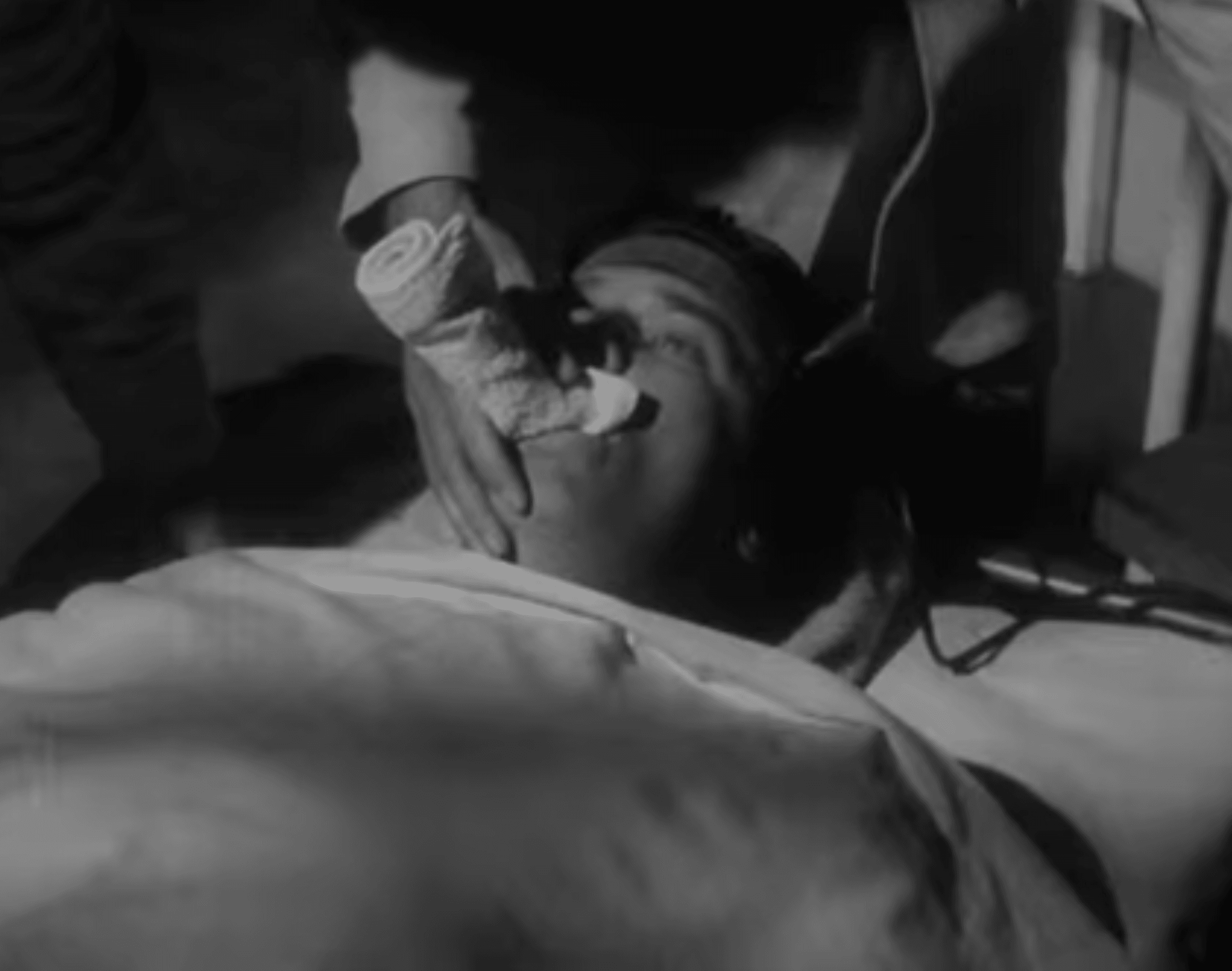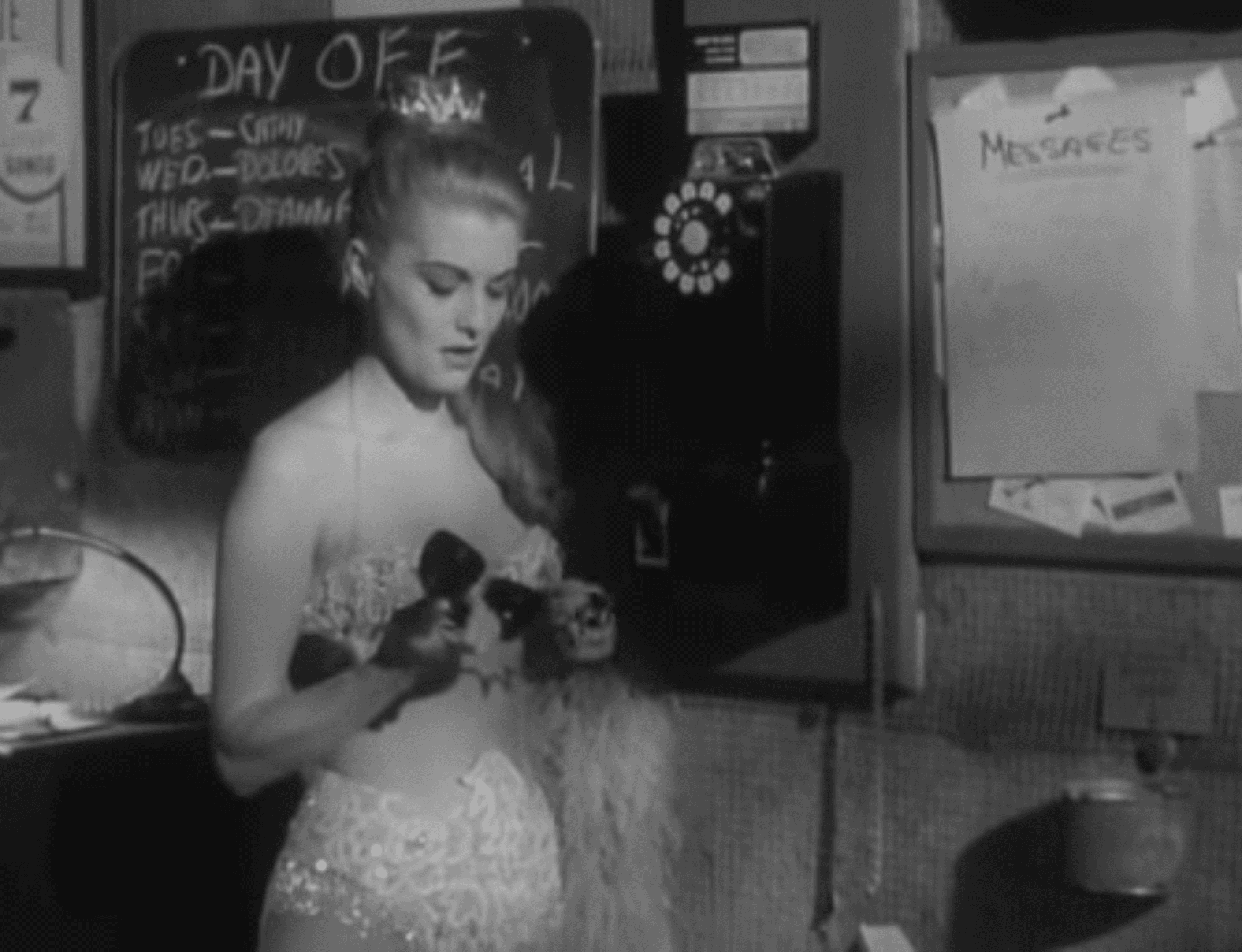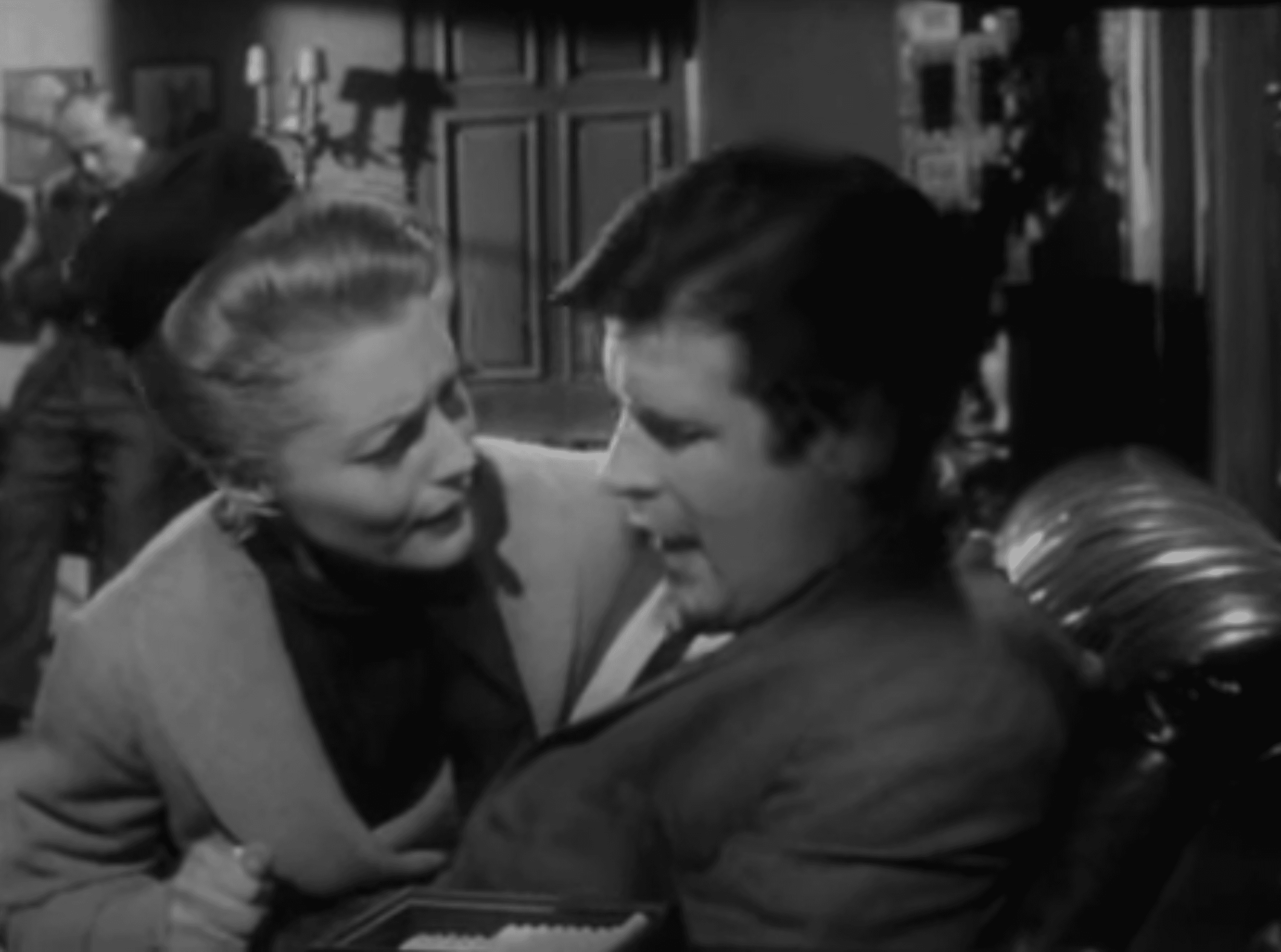
Shock Corridor
1963
Rate this movie
Average: 0.00 / 5
(0 votes)
Director
A long, dark tunnel with no possibility of seeing the exit again. An irreversible descent, perhaps, into the heart of darkness of the human mind, but even more incisively, into the sick psyche of an entire nation.
This film by Fuller, splendid in its claustrophobic anguish, offers us the measure of madness through the eyes of so-called normality. Samuel Fuller, a filmmaker with a journalistic approach and a scathing sensibility, was never a man of half measures. His poetics, brutal and crystalline at the same time, feeds on a disenchanted vision of existence, where the line between predator and prey, between the "sane" and the "mad," is a fragile, almost non-existent boundary. Corridor of Fear, or Shock Corridor in its more evocative original title, is the summation of this philosophy, a work that mercilessly digs into the dark folds of post-war American society, revealing its deepest neuroses.
It will be Fuller's opportunity to overturn the semantic plane of this game and pollute the meaning of this operation by commingling the two elements at play. Madness, in this asylum microcosm, is not an aberration, but a symptom, the acute manifestation of endemic social ills. The walls of the institution do not contain the insanity; they reflect it, amplify it, and synthesize it into archetypal figures of a sick America.
The narrative centers on the decision of an ambitious journalist, Johnny Barrett, to have himself committed to an asylum to shed light on a murder that occurred within it and which the police failed to clarify. The man's intent is to break down the curtain of reticence of the three witnesses involved – emblematic figures each bearing a fragment of madness that is, in reality, a fragment of American history and trauma – and unmask the culprit. Barrett's ambition, his thirst for a scoop, and his blind conviction that he can dominate reality to extract its secrets, will prove to be his undoing. He deludes himself into believing he can wear the mask of madness without it adhering to his skin, without it penetrating his veins and spirit.
But once confined within the uncomfortable walls of the asylum, surrounded by screams, nervous tics, and lost gazes, the man will become entangled in the very element he sought to unravel. Fuller's asylum is not merely a backdrop, but a living organism, a waking nightmare that absorbs and transforms anyone who dares to profane it. The "witnesses" Barrett tries to interrogate are much more than mere patients: they are the living specters of collective pathologies. There's Cathy, the nymphomaniac, who embodies sexual repression and its brutal explosion; there's Boden, the nuclear physicist who believes he is a child, a symbol of lost innocence and the atomic fear that marked an entire generation; and then there's Trent, the African American who, in his delirium, believes himself to be a Ku Klux Klan leader, a distorted but truthful mirror of racism and the unhealed wounds of American history. These characters are not caricatures, but powerful metaphors, and their madness is not coincidental: it is an amplified echo of the anxieties of a nation teetering between the American dream and its darker side.
A dark work where one gasps for fresh air, air that is never found, neither inside nor outside those metaphorical walls. Fuller, with his mastery of film noir and pulp narration, creates an atmosphere of claustrophobic tension, where every corner of the corridor seems to hide a threat, every face a tormented psyche. The camera, often intrusive, clings to faces, capturing every spasm, every lost gaze, every cold sweat.
Somber atmospheres in spectral black and white, to iconographically render the seed of madness and deeply imprint it onto the film and into all of us watching. Stanley Cortez's cinematography is a lesson in visual expressionism: sharp contrasts, deep shadows, a light that cuts through spaces like a scalpel, revealing not only the forms but the characters' hidden anxieties. The asylum becomes a visual and psychological labyrinth, a place with no exit where perception distorts and reality shatters. The cry of a patient blends with the rustle of gowns, with the incessant ticking of clocks that mark a suspended time, foreshadowing Barrett's inexorable downfall. In this sense, Shock Corridor anticipates by over a decade the systemic critique of psychiatric institutions that would find full expression in works like One Flew Over the Cuckoo's Nest, but it does so with an unparalleled ferocity and urgency. Here there is no hope of liberation; only the raw, relentless realization that the greatest cage is the one built within oneself.
If there is a film capable of unsettling even the strongest minds, it is undoubtedly this one: a descent into hell not so much of a single individual, but of a collective that, ignoring its own plagues, then sees them explode in the most extreme and painful forms. An unforgettable masterpiece, a punch to the gut that continues to resonate far beyond the final sequence, leaving an unsettling echo of our own, presumed, sanity.
Country
Gallery






Featured Videos
Official Trailer
Comments
Loading comments...